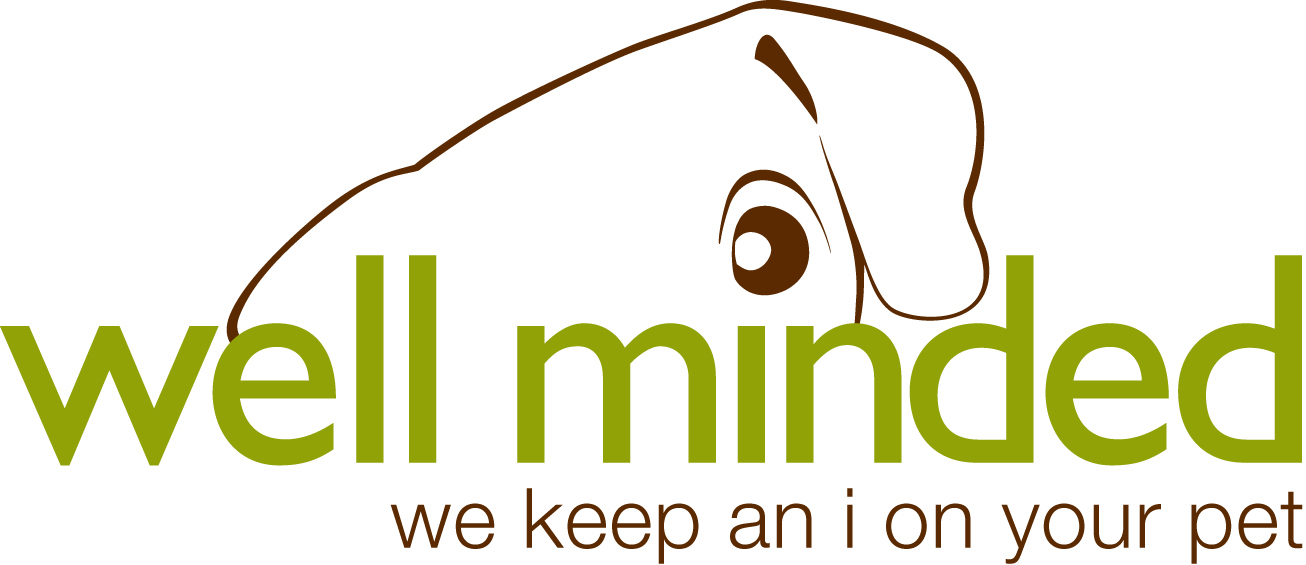I've written before about the vegan lifestyle for humans and even for dogs, but what about cats?
A vegan diet does not work for cats because cats are obligate carnivores. What is the difference between a carnivore and an obligate carnivore? A carnivore is an animal who eats meat, although meat may not be required for survival, and other protein sources can provide the nutrients the body needs. Cats, however, being obligate carnivores, must have meat in order to survive. They can't digest or will not eat other sources of protein, nor do other sources of protein contain the nutrients they require.
What is it about meat that is necessary for cats?
Meat is a source of taurine, a sulfur-containing amino acid which is important to metabolize fats. Wikipedia details the specifics:
aurine has many fundamental biological roles, such as conjugation of bile acids, anti oxidation, osmoregulation, membrane stabilization, and modulation of calcium signaling. It is essential for cardiovascular function, and development and function of skeletal muscle, the retina, and the central nervous system...Taurine occurs naturally in fish and meat...(it) is a major constituent of bile and can be found in the large intestine and in the tissues of many animals, including humans.
Cats are not one of these animals. Because cats do not naturally produce taurine and it is vital for survival, that makes cats obligate carnivores.
Since plant-based foods don't provide the nutrients cats require and because cats can't digest plant-based foods well, cats must eat meat. Taurine is the main amino acid that is missing in plant-based proteins, but cats require it. Taurine deficiency causes serious medical problems in cats, including blindness and cardiovascular disease. These conditions can happen in a matter of days.
But what about supplements? Dr. Becker of healthypets.mercola.com illustrates why this isn't a good idea: "Some cat owners believe that they can feed their pet a vegetarian or vegan diet, and add a taurine supplement. In my opinion, this is the equivalent of eating nothing but iceberg lettuce and taking a synthetic multivitamin. That vitamin can't possibly make up for all the nutrients missing from an iceberg lettuce-only diet."
The quality of the meat a feline parent feeds his cat is also important. Low quality kitty chow that uses sub-standard protein "parts" are basically indigestible, as are plant-based sources of proteins, which can be found in some cat foods as fillers.
Becker expands: "Whereas plant-eating omnivores and herbivores have slower digestion, food passes quickly (within hours) through the GI tract of an obligate carnivore. That's why your kitty is designed to eat relatively small amounts of highly digestible, energy-packed food that provides optimal levels of vitamins, minerals and micronutrients. In other words, animal meat."
People who don't want to feed meat to their pets can consider pets who thrive on a vegetarian diet such as rabbits, guinea pigs, or tortoises. Though I can fully support a person choosing a vegan diet and have eaten that way, myself, I believe it is unethical to commit to care for an animal and then not provide that animal with the nutrition or environment that their species requires. Cats must be provided with a high-quality meat-based diet.







